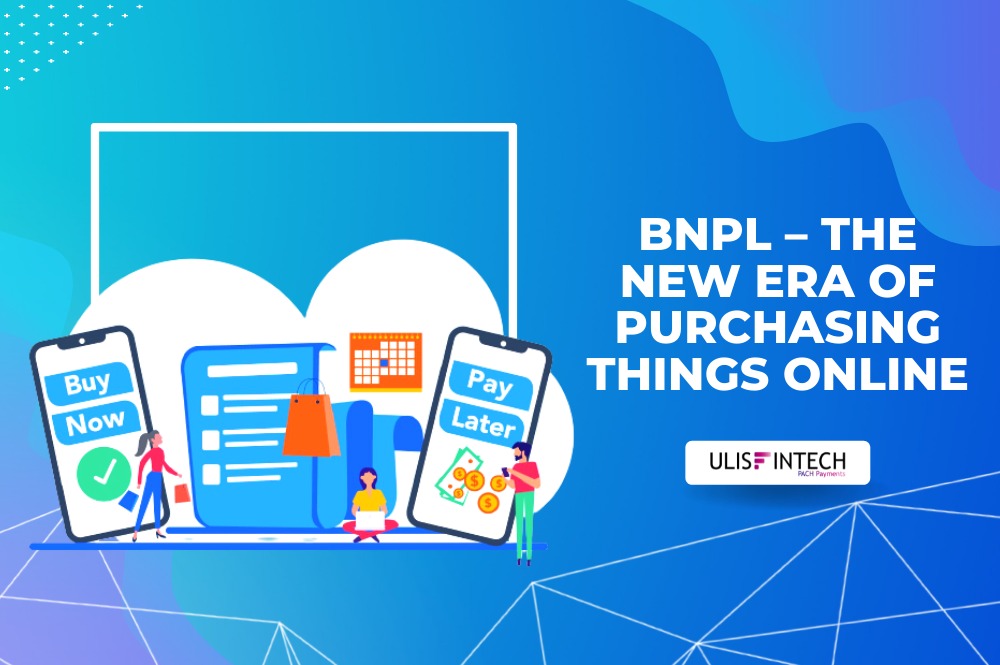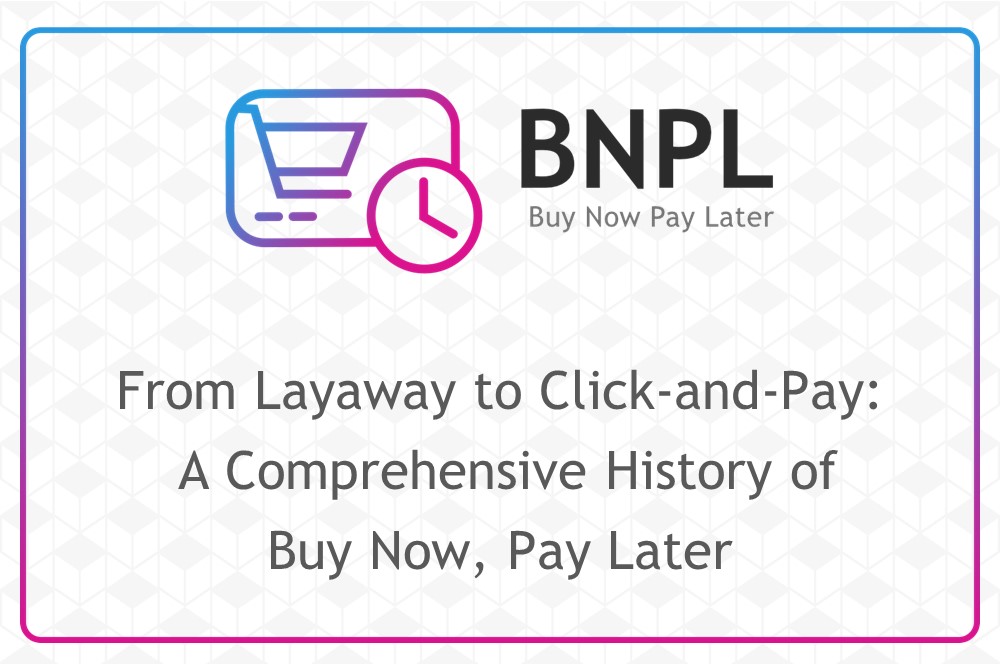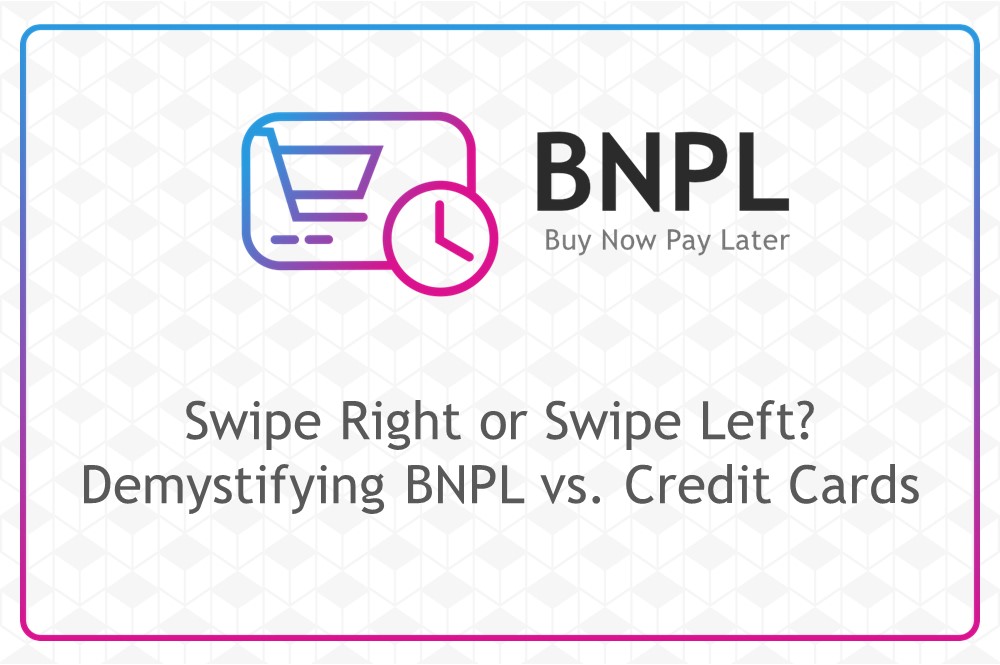Disrupting or Complementing? The Impact of Buy Now Pay Later on Traditional Credit Systems
Jul 18, 2024 - 3 MINS READ

The emergence of Buy Now, Pay Later (BNPL) has shaken up the consumer credit landscape. With its focus on convenient, short-term financing for online purchases, BNPL has attracted a significant user base, particularly among younger generations. But how is BNPL impacting the established world of traditional credit systems, dominated by credit cards and personal loans? Let's explore the potential disruption and areas for potential collaboration.
A Challenge to Traditional Credit Cards?
BNPL offers several advantages that could potentially disrupt credit card usage:
-
Lower Barrier to Entry: Many BNPL providers have minimal credit score requirements, making them accessible to a broader customer segment compared to traditional credit cards.
-
Transparent Fees: BNPL typically involves clear upfront fees rather than the interest rates and complex billing cycles associated with credit cards.
-
Increased Control: BNPL often involves splitting a purchase into a set number of fixed payments, offering users more control over their spending compared to revolving credit card balances.
-
Potential Disruption and Consumer Behavior Shifts
The rise of BNPL could lead to a shift in consumer behavior:
-
Decreased Reliance on Credit Cards: Consumers may choose BNPL for smaller purchases, potentially reducing credit card usage and impacting credit card issuers' revenue.
-
Impact on Credit Scores: While some BNPL providers report to credit bureaus, responsible repayment behavior may not always be reflected, potentially hindering credit score building for some users.
-
Debt Accumulation Risk: The ease of BNPL transactions might lead to impulsive purchases and debt accumulation if not managed responsibly.
Collaboration and Complementary Roles
Despite potential disruption, there's also room for collaboration between BNPL and traditional credit systems:
-
Expanding Financial Inclusion: BNPL can provide credit access to those with limited credit history, complementing traditional lenders by reaching new customer segments.
-
Promoting Responsible Lending Practices: Collaboration can lead to the development of responsible lending practices within the BNPL industry, ensuring transparency and consumer protection.
-
Data Sharing and Credit Building: Sharing data on responsible BNPL usage with credit bureaus could help users build creditworthiness over time.
The Role of Regulation in the Evolving Landscape
Regulation is crucial in ensuring a healthy BNPL ecosystem:
-
Consumer Protection Measures: Regulations should ensure clear fee disclosure, responsible lending practices, and robust dispute resolution mechanisms for BNPL users.
-
Data Security and Privacy: Regulations are needed to safeguard consumer data privacy within the BNPL industry.
-
Promoting Financial Literacy: Regulatory bodies can promote financial literacy initiatives to educate consumers about responsible BNPL usage and managing overall credit effectively.
Conclusion: A Dynamic Landscape
The impact of BNPL on traditional credit systems is multifaceted. While BNPL may disrupt some aspects of traditional credit cards, it also holds potential for financial inclusion and responsible lending practices. Collaboration between these financial models and effective regulation will be key to a healthy financial ecosystem that empowers consumers and promotes responsible financial behavior.






